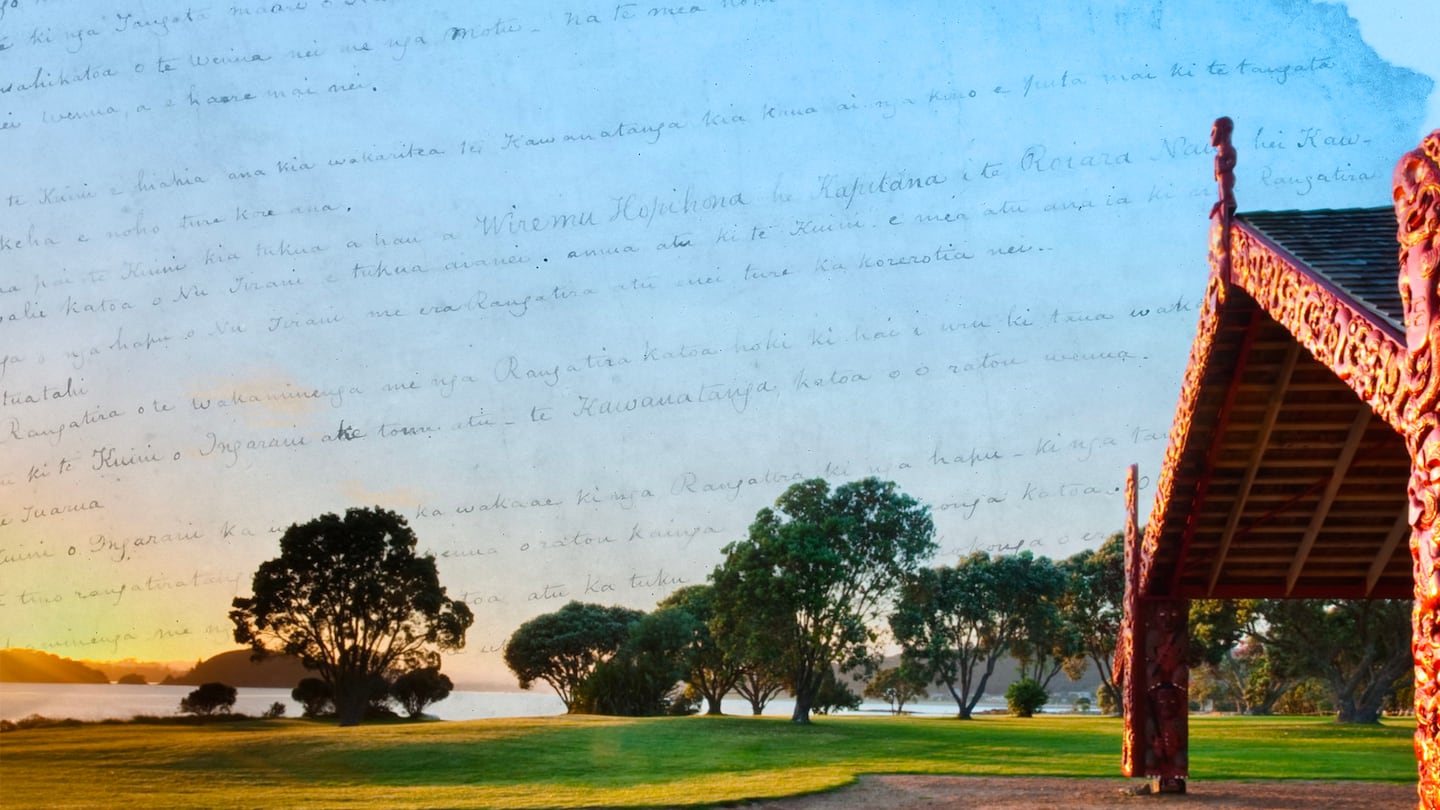Te Tiriti could be heading home,but which home?
Discussions are under way between the Waitangi National Trust Board and Archives New Zealand, with the trust arguing Waitangi is be the best place to house Te Tiriti.
But other iwi around the country say discussions over the copies signed by their tūpuna should be had.
The signing of Te Tiriti on February 6, 1840, is well documented. But what’s not common knowledge are the many different copies of Te Tiriti. Nine copies were shared with iwi around the country.
Te Tiriti lawyer Dayle Takitimu says the different copies have signatures of their tūpuna and hold great mana with their respective people, including her people of Te Whānau a-Apanui.
“Well, clearly, there is not just one Treaty document. There are a multitude of documents that were taken around the country at the time of the signing and the years that followed through 1840.”
“No Xerox machine back in those days, no scanning, emails, and those sorts of things. So they were all sort of copied and taken by horseback or boat to different parts of the country.”
“For my people in Te Whānau a-Apanui, arriving there on June 14, 1840 and signing at Papakitai. There’s a rock on the foreshore that we know of.”
Waitangi National Trust chairman Pita Tipene, says its discussions with Archive NZ have been over the return of not only Te Tiriti but also He Whakaputanga, which was signed in Northland in 1835.
He says, regardless of where Te Tiriti should be housed, one thing is clear, Te Tiriti needs to be returned to Māori.
“The Waitangi National Trust is talking to people like (Te Rua Mahara o te Kāwanatanga Archives New Zealand poumanaaki chief archivist) Anahera Morehu, in the belief that those documents should return to Waitangi.”
“We don’t think it should remain in Wellington. Although those documents have been well looked after, in our hearts, they should return home.”



